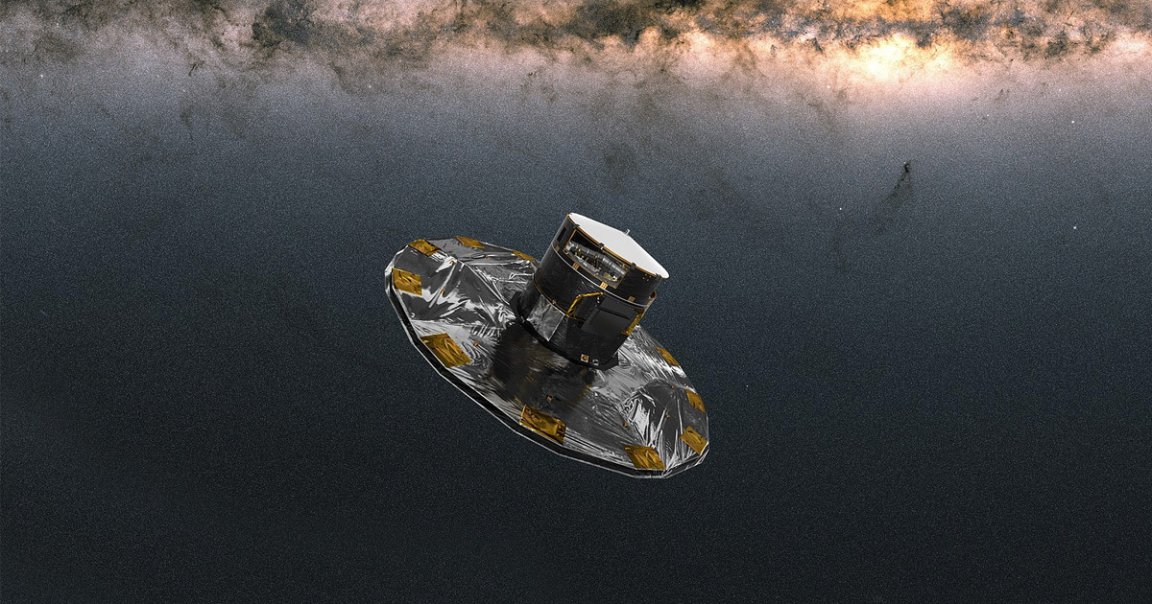
Expensive Problems
A more than $800-million-dollar space telescope has been damaged by a tiny piece of space debris.
In a press release, the European Space Agency admitted that the Gaia spacecraft was damaged in April by a fast-traveling “micrometeoroid,” described as an extremely tiny piece of space rock, that damaged its protective outer shell.
As the ESA noted, these sorts of grain-sized bits of meteor burn up in Earth’s atmosphere every day, but, the impact was far greater.
“Out here, far from our planet’s protective atmosphere, Gaia is often struck by particles like this. Impacts are expected, and the spacecraft was designed to withstand them,” the statement explained. “This object, however, struck Gaia at a very high speed and at just the wrong angle, damaging the spacecraft’s protective cover.”
The damage caused a small gap in the telescope’s outer layer that eventually allowed in sunlight that, despite being way, way less intense than the ultraviolet rays we get here on Earth, still harmed Gaia’s sensors.
Insult to Injury
While handling that problem, ESA techs were faced with another in May when one of the 106 charge-coupled devices (CCDs), or sensors that convert light into electrical signals and underly Gaia’s billion-pixel camera, experienced a mysterious technical failure.
The affected CCD, as the agency described, deals with the detection of stars. Without it, Gaia can’t confirm what it’s looking at, which has hamstrung its ability to do its job.
Adding insult to injury, Gaia was also recently hit by the same solar storm that caused glorious auroras around the globe, and although it normally can withstand them, its injuries may have made it more susceptible to failure.
Despite that one-two-three punch, these issues occurred more than four years past Gaia’s expected obsolescence.
Thus far, ESA techs have been able to tweak the aging spacecraft’s software to “dramatically reduce the number of false detections” and get it back to routine operations, but the ESA cautioned that the solar storm may prove to be “the final straw.”
More on ESA: Spacecraft Takes Close Up Video of the Sun, Revealing Otherworldly Hellscape